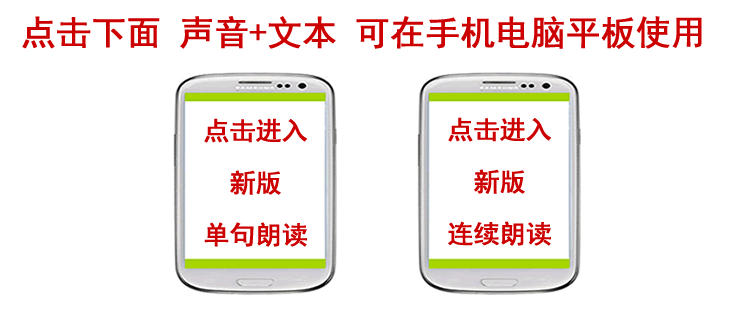特别广播英语第 264 课:A Healing Cuisine 食补─中国吃的艺术-2 Some foods, such as goat meat and spinach, are seen as “hot,” while others, such as Chinese cabbage and radish, are seen as “cold.” 一些像羊肉和菠菜之类的食物,被视为“热性”食物,其它如大白菜及小红萝卜等,则被视为“凉性”食物。
One should be careful not to eat too much of either “hot” or “cold” food. 要注意热性或凉性的食物都不能吃太多。
However, how much “hot” or “cold” food one should eat depends on the time of the year, how the food is prepared and what it is prepared with, and the individual's health. 而热性及凉性食物摄食的多少,则应视时令、烹饪方式、烹饪调料及个人体质而定。
“Warm” or “cool” tonic foods are strongly recommended. “温性”与“凉性”食物受到大力推荐。
The choices for “warm” and “cool” foods range from simple sea cucumber to the delicacy of bird's nest soup, depending on the individual's economic circumstances. “温性”与 “凉性”食物的选择从简单的海参到美味的燕窝汤不等,视个人经济情况而定。
The concept of tonic food is far from losing credibility, either with Westerners or practitioners of modern medicine. 对西方人或现代医学的医生而言,食补的概念还远未丧失其可信度。
For example, up until two years ago, tonic foods were added to the meals served at a renowned hospital. 比如大约两年前,一家著名的医院就将食补纳入其供餐服务中。
The custom of prescribing tonic foods for a healthier life also spills over into the catering industry. 将食补作为养生之道的习俗也影响到了公共饮食业。
Although tonic foods themselves are losing popularity among the younger generation, Chinese herbal medicines, such as wolfberry fruit, can be found on many a restaurant menu, either added to fruit tea or as a beneficial addition to a dish. 虽然食补在年轻人中受欢迎的程度正在减退,但在许多餐厅的菜单中都能看到中药,像枸杞被加到水果茶中或是被当作有益的配料使用。
These herbs attract customers, such as over-worked office staff, in need of a modest pick-me-up. 这些中药吸引了需要适度提神的顾客,如加班时间过长的上班族等。
So, whether you need to boost your masculinity with a large helping of bull penis, or increase your mental powers with a serving of pig's brain soup, you may find that this ancient Chinese custom could be just the tonic you were looking for. 因此,不管你是需要大力借助牛鞭来提振男性雄风,还是用猪脑汤来增进你的脑力,你会发现古老的中国食补习俗可能就是你在寻觅的补药。

